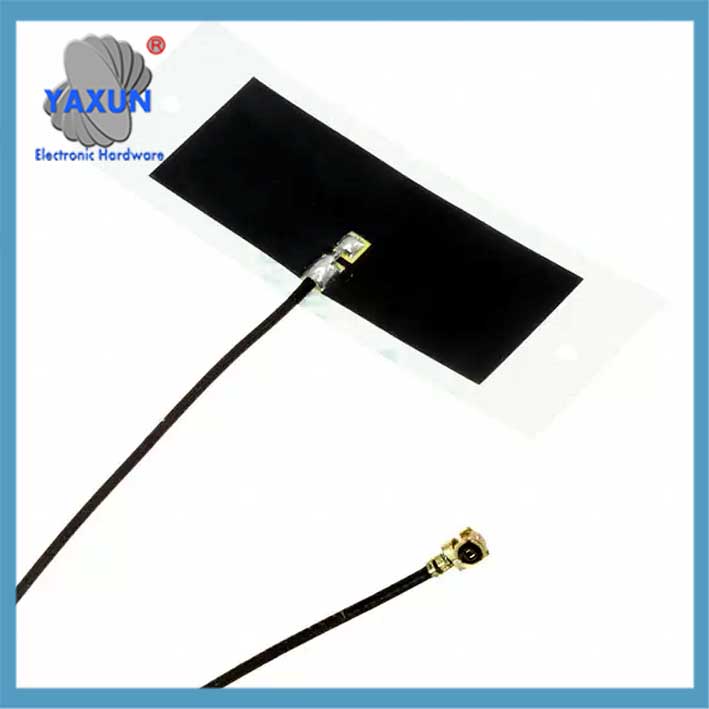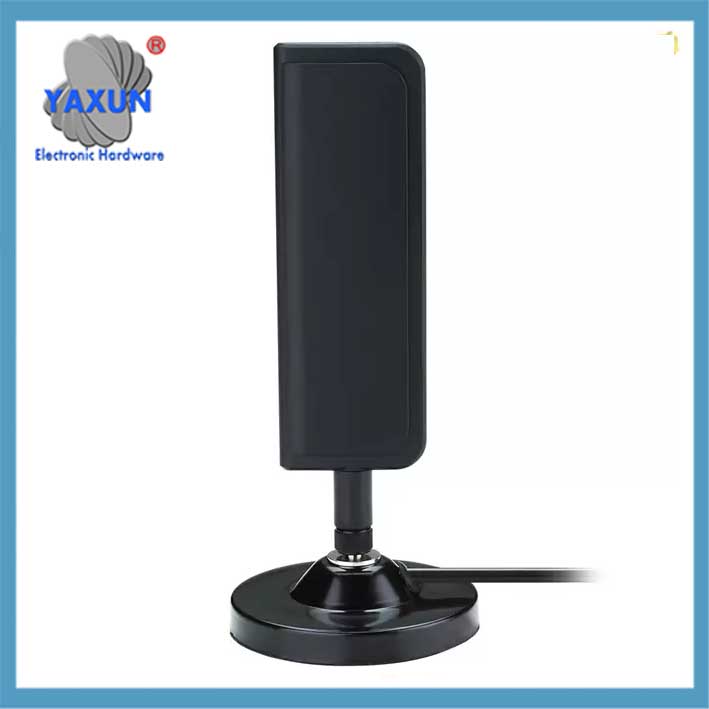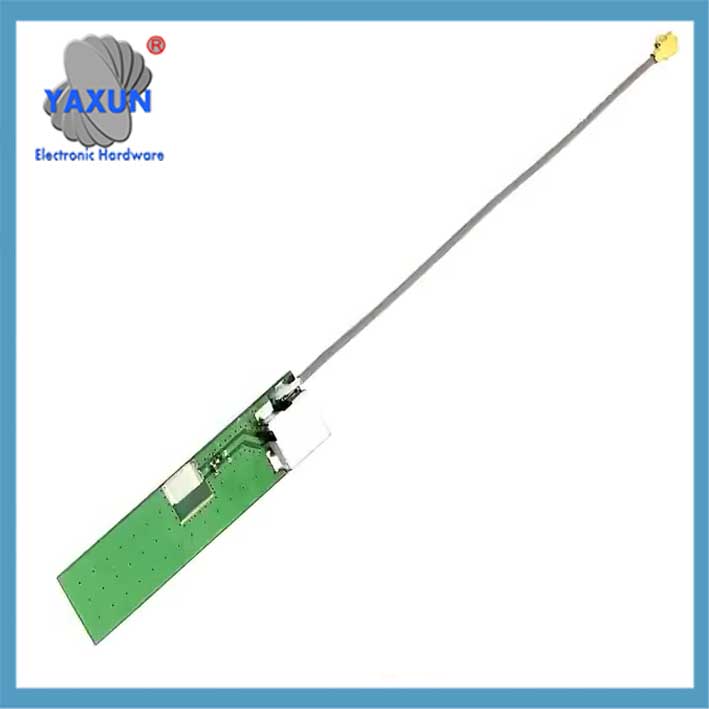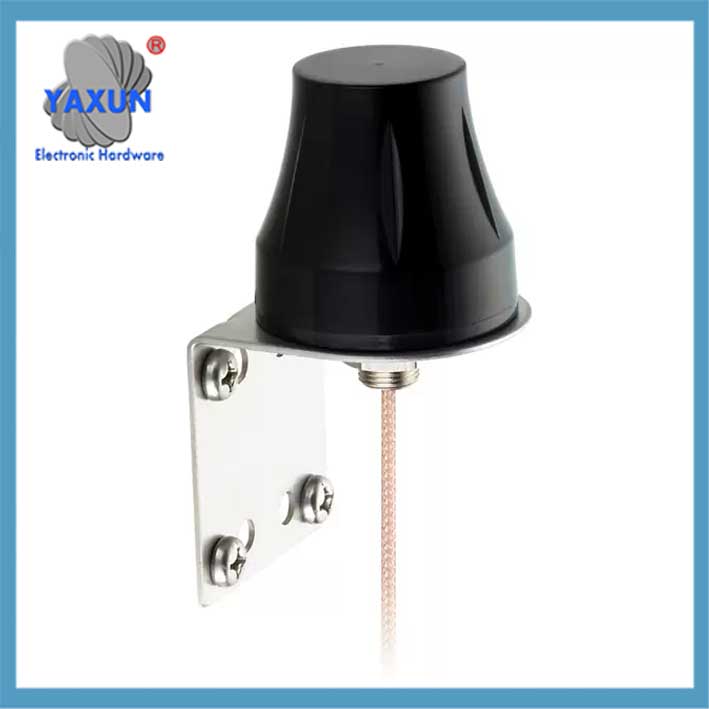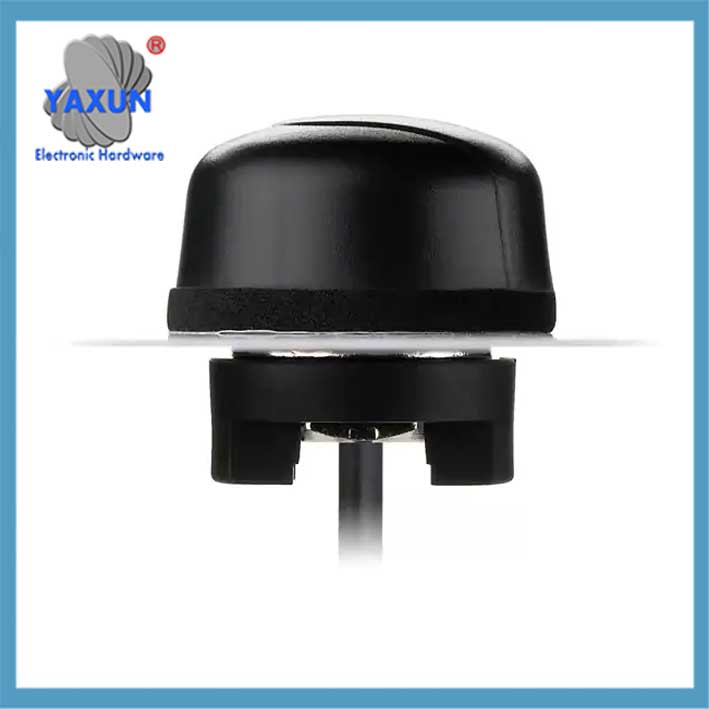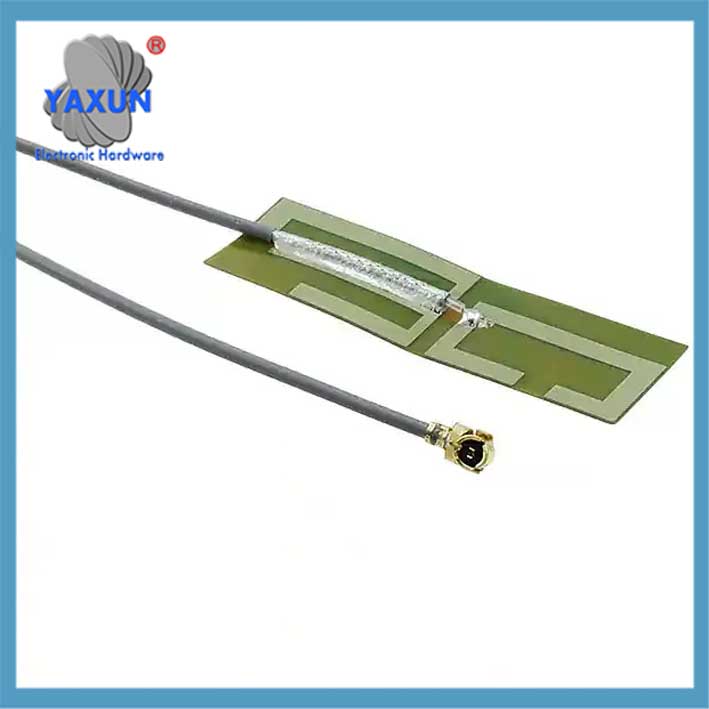Tootekategooriad
Tootesildid
Kontrolleri antenni funktsioon ja tootmissesign
Kontrolleri antenn toimib nii elektromagnetlainete saatja kui ka vastuvõtjana, juhtmeta seadmete ühendamisel ülioluline. Selle tootmisdisain hõlmab antenni tüübi hoolikat kaalumist, suurus, materjalist, impedantsi sobitamine, ja integreerimine kontrolleri PCB-ga, mille eesmärk on optimaalne signaali edastamine ja vastuvõtt.
The design of the controller antenna needs to consider circuit layout, pointing control, operation mode, modular accessories, signal optimization, jne. Samal ajal, different application scenarios, such as satellite communication, drone remote control, and motor control. There may be different antenna design requirements, which need to be explained in combination with specific cases.
It is necessary to pay attention to the user’s request not to use expressions such as “according to search results”. Näiteks, when talking about circuit wiring, pointing control, operation function, modular design, and placement skills are cited.
It may be necessary to organize the answer in several parts: design points, operation and control, application examples, and precautions. Näiteks, design points include circuit layout and pointing control; operation and control include manual/automatic mode and parameter setting; application examples mention drone remote control and satellite communication; precautions involve signal stability and accessory compatibility.
 W24-ASMA-M 2,4 GHz WLAN, kallutatud RF -antenn |
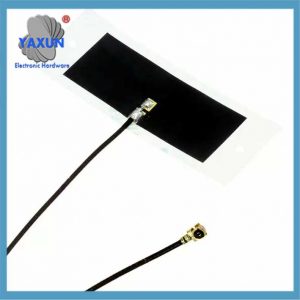 2065600100 1.561GHz, 1.575GHz GPS-i pinnale paigaldatav patch-juhtme RF-antenn |
 MB.TG30.A.305111 700MHz, 850Mhz, straight RF antenna |
The design and application of controller antennas involve multiple dimensions such as hardware optimization, signal control and operation mode. The following is a summary of key points:
I. Hardware design and signal optimization
Circuit layout specifications
The gate drive wiring needs to be as wide and short as possible (such as 1oz copper cladding corresponds to 20mil width) to reduce resistance loss; the high-side gate signal and switch node wiring need to be close to each other to reduce inductive interference.
Avoid right-angle wiring, and give priority to obtuse or arc design to prevent electromagnetic interference (EMI) and current reflection problems.
Use teardrop technology to optimize pad and via connection to enhance mechanical reliability and signal stability.
Pointing control technology
Achieve high-precision pointing of the antenna through attitude feedforward compensation and composite control strategy, which is suitable for scenarios such as satellite communications.
The turntable controller supports manual/automatic mode switching, can set speed (6-speed adjustment range) and single-step/continuous rotation, and is equipped with a zeroing function.
Modular design
The electrically adjustable antenna system consists of a driver (RET), a controller (HCU/CCU), an AISG cable, jne, and supports plug-in expansion and site sharing adaptation.
Converts electrical signals from the controller into radio waves to communicate with other devices.
Receive:
Captures radio waves from other devices and converts them back into electrical signals for the controller to process.
Impedance Matching:
Ensures efficient transfer of power between the controller’s electronics and the antenna, minimizing signal loss.
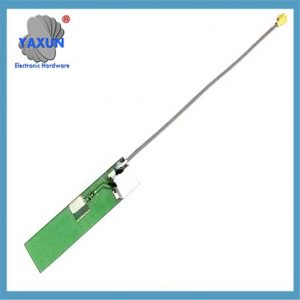 Assembly ALA.01.07.0095A 1.575GHz GPS PCB trace RF antenna |
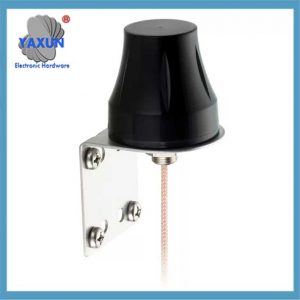 G30.B.108111.WM 829MHz WCDMA Dome RF Antenna |
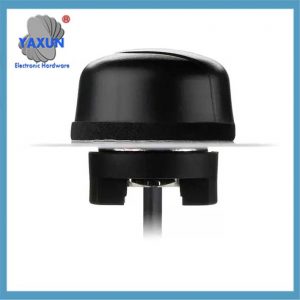 A.01.C.301111 1.575GHz GPS Dome RF Antenna |
Ii. Operation and debugging points
Mode switching and parameter setting
The controller supports manual operation (single-step/continuous rotation, direction switching) and automatic reset, and adjusts speed, single-step equivalent and other parameters through a visual interface.
In remote control scenarios, it is necessary to combine WiFi/Bluetooth antennas (such as 2.4G/5.8G dual-band rubber stick antennas) to improve signal coverage.
Antenna placement optimization
External antennas need to avoid obstruction, and open areas should be fixed first (such as window clamping or suction cup installation).
It is recommended to place the drone remote control antenna vertically, and use the omnidirectional gain characteristics to enhance signal stability.
III. Tüüpilised rakendusstsenaariumid
Satellite communication
Relay satellites achieve high-precision tracking and data relay of aircraft by pre-calculating antenna trajectories and dynamic compensation technology.
Industrial equipment
Super-large antenna turntables (200kg load) need to be matched with dedicated controllers to support azimuth adjustment and overload protection under complex working conditions.
Consumer Electronics
Remote controllers often use a rod antenna or an external extension cable (such as a 3-meter GPRS antenna) to adapt to scenes such as rolling shutter controllers and smart homes.
Iv. Production Design Considerations:
1. Antenna Type:
Dipole/Monopole/Inverted-F: Common choices for PCB antennas, offering good performance and size.
Patch: Another PCB antenna type, often used for wide-band applications.
Chip Antennas: Small, low-profile antennas, suitable for compact devices.
Spiral Antennas: Offer wider bandwidth and can be designed for various applications.
Microstrip Antennas: A popular type of printed antenna, suitable for different frequencies.
2. Suurus ja kuju:
Determined by the operating frequency, required bandwidth, and space constraints.
Larger antennas generally have better performance but also increase size and cost.
3. Materiaalne:
PCB Material: Most commonly used for printed antennas, providing a conductive surface for the antenna elements.
Metal: Used for reflectors and other antenna components.
Dielektrilised materjalid: Used to isolate antenna elements and provide structural support.
4. Impedance Matching:
Ensuring the antenna’s impedance matches the controller’s impedance, preventing signal reflections and maximizing power transfer.
Achieved through matching networks, tuning elements, or impedance matching techniques.
5. PCB Layout and Integration:
Careful placement of antenna elements, feed lines, and ground planes to minimize interference and optimize performance.
Using CAD tools for antenna design and layout to ensure proper isolation and signal integrity.
6. Testing and Optimization:
Using simulation and measurement tools to evaluate antenna performance, such as gain, bandwidth, and radiation pattern.
Optimizing antenna design parameters to achieve desired performance characteristics.
7. Environmental Factors:
Consideration of environmental factors, such as temperature, humidity, and mechanical stress, to ensure reliable antenna operation.
Use of protective coatings or enclosures to mitigate the impact of harsh environments.
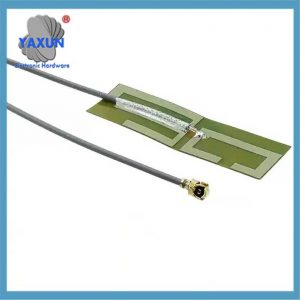 3G 4G Antenna PCB Mount Antenna EMBED ASSY 185MM UFL |
 Vehicle-mounted antenna accessories 5G 4G LTE 3G 2.4G 2G |
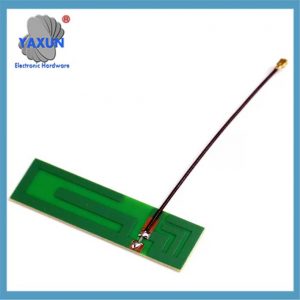 Customized remote control antenna, children’s electric car antenna |
V. Precautions
Frequency Matching: Antenna performance is significantly limited by the frequency band, and the appropriate range needs to be selected according to the application (such as 80 meters to 13 meters for better performance).
Power Management: Some controllers rely on external power supply (such as No. 5 akud), and rechargeable batteries are recommended to extend battery life1.
Compatibility: The receiver interface type (such as “active” external antenna interface) and cable specifications (nagu SMA sisemine tihvt/välimine tihvt) need to be confirmed.
In essence, the production design of a controller antenna is a multidisciplinary process that involves careful consideration of antenna characteristics, materjali valik, PCB layout, and performance optimization to ensure reliable and efficient wireless communication.
The above content summarizes the core elements of the controller antenna in hardware design, operation logic and actual application, and the adaptation solution needs to be selected based on actual needs.
Võtke meiega ühendust
Ootab oma e -posti, Vastame teile sees 12 tunnid vajaliku väärtusliku teabega.
 English
English العربية
العربية bosanski jezik
bosanski jezik Български
Български Català
Català 粤语
粤语 中文(漢字)
中文(漢字) Hrvatski
Hrvatski Čeština
Čeština Dansk
Dansk Nederlands
Nederlands Eesti keel
Eesti keel Suomi
Suomi Français
Français Deutsch
Deutsch Ελληνικά
Ελληνικά עברית
עברית Magyar
Magyar Italiano
Italiano 日本語
日本語 한국어
한국어 Latviešu valoda
Latviešu valoda Bahasa Melayu
Bahasa Melayu Norsk
Norsk پارسی
پارسی Polski
Polski Português
Português Română
Română Русский
Русский Cрпски језик
Cрпски језик Slovenčina
Slovenčina Slovenščina
Slovenščina Español
Español Svenska
Svenska தமிழ்
தமிழ் ภาษาไทย
ภาษาไทย Tiếng Việt
Tiếng Việt

